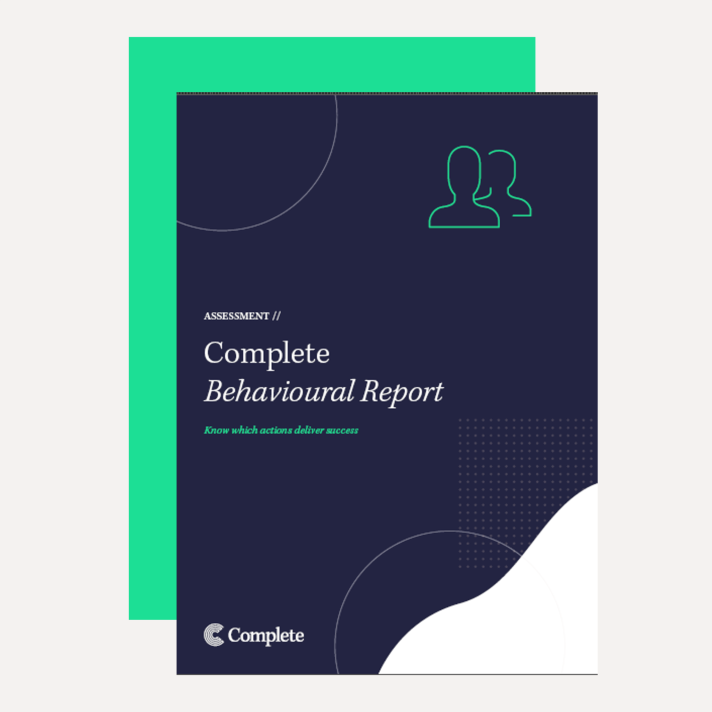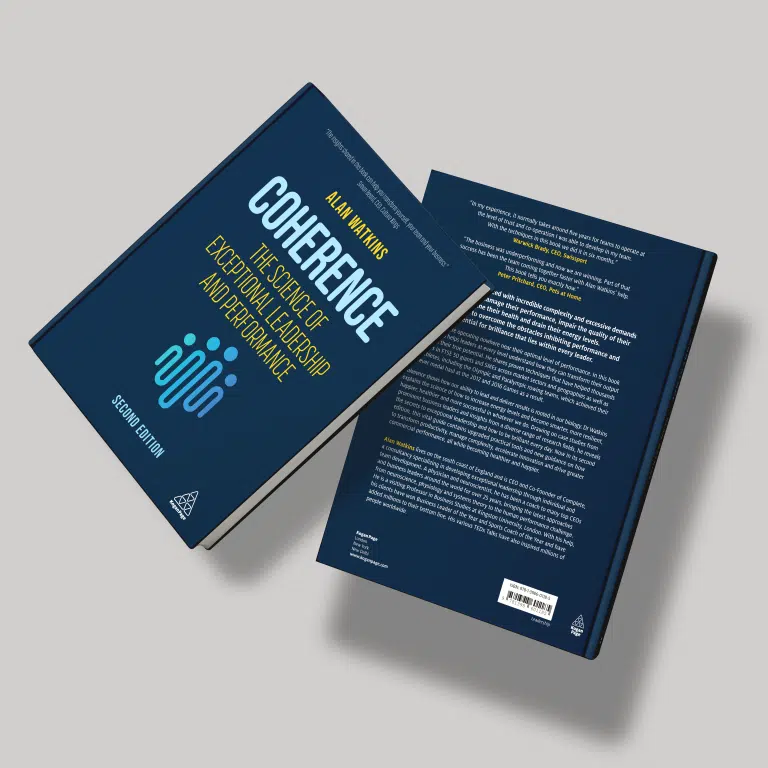Using the Complete approach for team development, Pets at Home made 10 years of progress in just 18 months, increasing the senior team’s capability and revenue.
Background
Pets at Home is the UK’s leading pet care business. With over 15,000 employees, 453 stores and £1bn in turnover, the company is passionate about pets and people.
Peter Pritchard, Pets at Home CEO, was appointed in 2018 and brought in Complete to help build a high performing senior team. Peter recognised that the quality of the top team would directly impact the future success of the organisation.

Team Development: The Challenge
Peter is honest about the challenges he faced back in 2018: “The business hadn’t been performing and key to unlocking its success would be a strong leadership team.”
“I recognised that how the team worked together would determine the success of the organisation. I also knew that I couldn’t fix things by myself. I needed a guide to help me and to engage the team, to give us the tools and techniques to help us manage ourselves and our team.”
After a recommendation from a colleague who had worked with Complete before, Peter met Alan Watkins to talk about how Complete could help fix the issues facing the Pets at Home senior team.

The Complete Approach to Team Development
Complete has, for more than 20 years, coached and developed senior leadership teams around the world.
The Complete Team Journey requires teams to invest eight days (64 hours) a year in their own development. Getting the team together a couple of times a year for an ‘off-site’ simply won’t produce a step change in performance and is largely a waste of time and money.
The primary goal is to unlock new levels of capability within the team and to step-change performance, moving the team up the stages of team development.
The content of the eight-day programme flexes across the four quadrants of the Complete Leadership Model, according to the specific needs of the organisation.
For Pets at Home, Complete applied practical exercises, in-depth conversations and developmental tools to customise the eight-day Team Journey to suit the maturity of the team and the challenges they were facing.

A word from the client…
According to Peter Pritchard:
“Complete have exceptionally high-calibre people. Often the people who sell you a programme aren’t the people you engage with, but not here. Here we’re dealing with people we know, and they know us, and we respect them. I find it hard to say anything bad about them!”
“The team journey doesn’t stop for us. We’re dedicated to growing. Even through COVID we’ve kept the programme and practice going. With Complete, we’ve continued to adapt the programme to the current challenges of the business. We’re moving on, we’re seeing new things. We’re now recognising that the team is a thing in its own right, and we will continue to invest the time, space and external impetus to keep us growing.”

Download our full case study
By submitting your details you consent to our Privacy Policy.



























